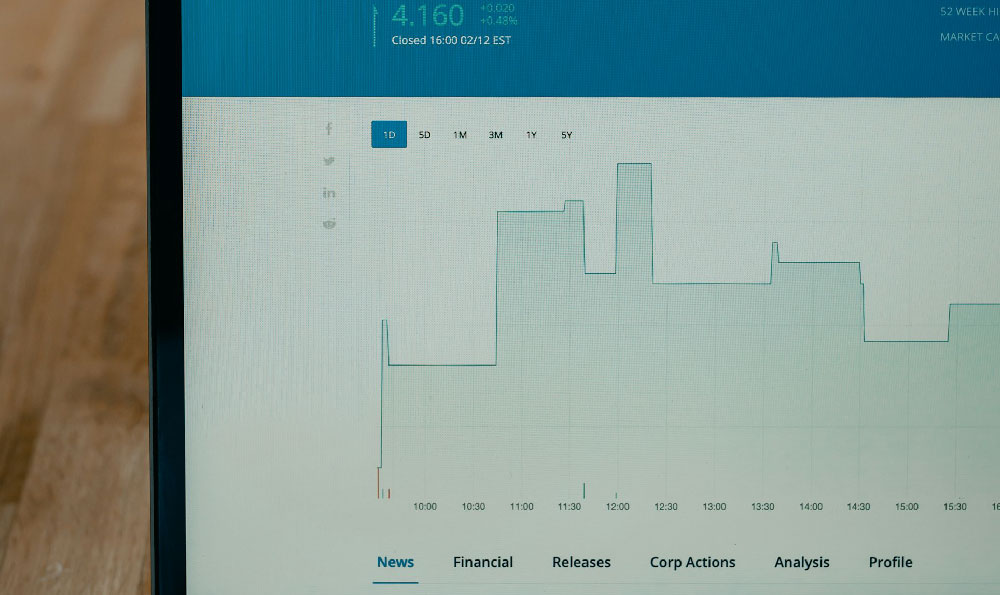Amazon's dominance in the modern economy stems from a multifaceted approach to profitability, leveraging diverse revenue streams and a relentless focus on customer experience. Understanding how Amazon generates profit requires delving into its various business segments and the underlying strategies that drive their success.
At its core, Amazon operates as a massive online retailer, generating substantial revenue through direct sales of products. This is perhaps the most visible source of their income. They maintain a vast inventory, selling everything from electronics and apparel to books and household goods. Profitability within this segment is driven by economies of scale, efficient supply chain management, and the company's ability to negotiate favorable terms with suppliers. Amazon's buying power allows it to secure lower prices on goods, which it can then pass on to consumers or use to improve its profit margins. Further enhancing profitability within this retail segment is the growing prevalence of private label brands. By developing and selling their own branded products, Amazon bypasses traditional manufacturers and captures a larger share of the revenue stream. These brands often carry lower price points than comparable products from established brands, attracting cost-conscious consumers and boosting sales volume.
However, direct product sales represent only a portion of Amazon's overall profit picture. A significantly growing and increasingly profitable segment is Amazon's Marketplace, which allows third-party sellers to list and sell their products on the Amazon platform. Amazon charges these sellers various fees, including referral fees (a percentage of the sale price), fulfillment fees (for sellers who utilize Amazon's fulfillment services), and subscription fees for sellers who opt for professional selling plans. The Marketplace is a remarkably efficient profit generator for Amazon. It significantly expands the product selection available to consumers without requiring Amazon to invest in inventory or manage the logistics of those products directly. Instead, Amazon provides the platform, the customer base, and optional fulfillment services, while collecting fees on every transaction. This model allows Amazon to capitalize on the entrepreneurial spirit of countless businesses and individuals, generating a steady stream of revenue with relatively low capital expenditure.

Amazon Web Services (AWS) represents another significant pillar of Amazon's profitability. AWS provides cloud computing services to businesses of all sizes, offering a comprehensive suite of tools and services for storage, computing, databases, analytics, and more. AWS has become the dominant player in the cloud computing market, and its high profit margins contribute significantly to Amazon's overall financial performance. The success of AWS can be attributed to its pioneering role in cloud computing, its continuous innovation in service offerings, and its ability to provide scalable and reliable infrastructure to businesses around the world. The cloud business boasts high margins because of the immense scale on which it operates. The initial investments in infrastructure are substantial, but once in place, the cost of serving additional customers is relatively low. This allows AWS to generate significant profits as its customer base expands.
Advertising is a rapidly growing revenue stream for Amazon. Similar to search engines and social media platforms, Amazon offers advertising opportunities to vendors and sellers looking to increase the visibility of their products within the Amazon ecosystem. These advertisements can appear in search results, on product pages, and throughout the Amazon website and app. Amazon's advertising business is highly effective because it allows advertisers to target consumers based on their search queries, browsing history, and purchase behavior. This targeted approach leads to higher conversion rates and a greater return on investment for advertisers, making Amazon an attractive advertising platform.
Beyond these core segments, Amazon also generates revenue from various other sources, including Prime membership fees. The annual or monthly fee for Prime provides access to a range of benefits, including free shipping, streaming video and music, and exclusive deals. The subscription model provides a predictable and recurring revenue stream and fosters customer loyalty. Prime members tend to spend significantly more on Amazon than non-members, making Prime a valuable driver of overall sales and profitability. Another source of profit lies within subscriptions to digital content, such as Kindle Unlimited, Audible, and Amazon Music. These subscriptions provide access to a vast library of e-books, audiobooks, and music, generating recurring revenue for Amazon.
Finally, it's crucial to acknowledge that Amazon strategically reinvests a substantial portion of its profits back into the business. This reinvestment fuels innovation, expansion into new markets, and improvements in customer experience. Amazon's relentless focus on long-term growth often leads to lower short-term profits compared to some of its competitors. They prioritize market share and long-term profitability over immediate gains, a strategy that has proven remarkably successful over the years. This continuous investment in infrastructure, technology, and new ventures positions them for sustained growth and continued market leadership. They are willing to sacrifice current profits to secure future dominance, betting that their investments will pay off handsomely in the long run.
In conclusion, Amazon's profitability is a result of a diverse and interconnected web of revenue streams, driven by a focus on customer experience, technological innovation, and strategic reinvestment. They generate income through direct sales, marketplace fees, cloud computing services, advertising, Prime memberships, digital subscriptions, and various other avenues. By strategically leveraging these diverse streams and continuously reinvesting in the business, Amazon has become one of the most profitable and influential companies in the world. Understanding this multifaceted approach is essential for anyone seeking to comprehend the dynamics of the modern digital economy.












